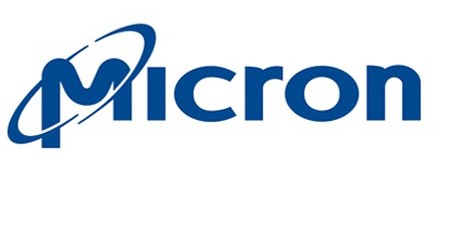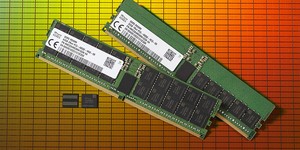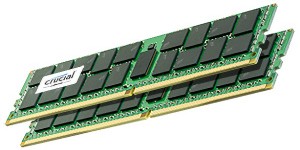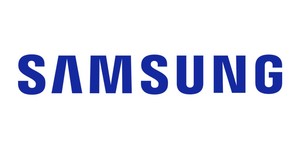
US memory manufacturer, Micron, has begun sampling of its DDR5 Registered DIMMs, with some impressive figures suggesting the future will indeed be very fast.
Current reports suggest that DDR5 will offer up to 1.87x performance compared to DDR4. That's if you compare DDR4 3200 to DDR5 4800. Alternatively, a more 'direct' comparison of DDR4 3200 to DDR5 3200 suggests an improvement of 1.36x.
According to Micron specifications, DDR4 currently offers data transfer rates of between 1,600 and 3,200MT/s with DDR5 set to increase such figures to 3,200-6,400MT/s. Memory density should see improvements too, increasing from 2GB-16GB to 8GB-64GB, and leading to higher capacity.
There's also the matter of DDR5 offering all round better functionality thanks to its superior channel utilisation using 2 independent 32/40-bit channels per module, improved command bus efficiency, and other additions. DDR5 should also reduce power consumption as well as offer better voltage margins, which, presumably, will aid in improving its reliability and stability.
For now, this initial sampling run of DDR5 is currently only aimed at the server and high performance computing market and it's still not actually going to be implemented just yet. Micron hasn't offered insight into when it plans to commence commercial shipments, however there's no reason why it won't expand to a wider computing population in the future. Having said that, current speculation suggests that won't be for a fair few years yet.
Despite the fact this is far from an overnight change, it's a promising development. DDR5 is built on the 1znm process and offers everything we could want from the future including better memory capacity, improved reliability and stability, and, of course, superior speed and performance.
In a statement, VP and GM of Compute and Networking Business Unit at Micron, Tom Eby, said "Micron’s sampling of DDR5 RDIMMs represents a significant milestone, bringing the industry one step closer to unlocking the value in next-generation data-centric applications," and who could disagree?
For now, only data centres will see such benefits for a while and it's worth noting that neither Intel or AMD have any DDR5-supported technology just yet, although Intel is aiming for it in 2021 with its Sapphire Rapids data centre CPUs. Still, the future is looking rather appealing indeed and we'd expect to see such technology spread in the next 3 to 5 years.

MSI MPG Velox 100R Chassis Review
October 14 2021 | 15:04








Want to comment? Please log in.